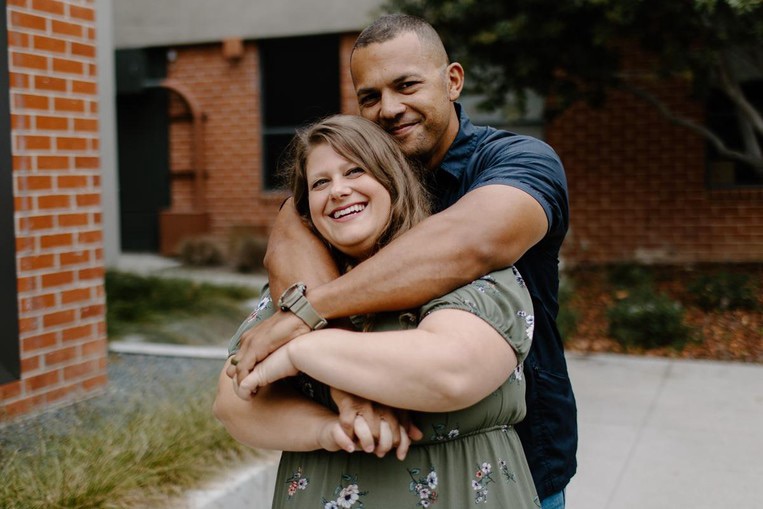
Attachment styles are a fundamental aspect of human relationships, shaping how individuals connect, communicate, and interact with others—especially in romantic partnerships. These styles, which are formed early in life based on experiences with caregivers, can significantly influence how we navigate intimacy, trust, and conflict in adult relationships. Understanding attachment styles can provide valuable insights into the dynamics of your own relationships and help foster healthier, more secure connections with others.
What Are Attachment Styles?
Attachment theory, first developed by psychologist John Bowlby in the mid-20th century, suggests that early interactions with caregivers (usually parents) form the foundation of how we approach relationships throughout our lives. Based on these early experiences, individuals typically develop one of four primary attachment styles:
1. Secure Attachment: Individuals with a secure attachment style generally have a healthy, balanced approach to relationships. They are comfortable with intimacy, trust their partners, and are able to communicate openly. Securely attached people also tend to have a strong sense of self-worth and are capable of forming lasting, satisfying partnerships.
2. Anxious Attachment: People with an anxious attachment style often crave closeness and affection but may struggle with insecurity and fear of abandonment. They may become overly dependent on their partners for validation and may have difficulty trusting that their partners will stay committed. Anxiously attached individuals often experience heightened emotional reactions to relationship stress.
3. Avoidant Attachment: Those with an avoidant attachment style typically have difficulty with emotional intimacy and may withdraw or shut down when faced with closeness or dependency. They tend to value independence and may feel uncomfortable with others relying on them. This can manifest as emotional distance or even a reluctance to engage in deep, vulnerable conversations.
4. Fearful-Avoidant Attachment: Often referred to as the disorganized attachment style, individuals with this style tend to have mixed feelings about relationships—simultaneously desiring intimacy while fearing it. They may have experienced inconsistent or traumatic caregiving in their early years, leading to confusion around trust and emotional closeness.
How Attachment Styles Impact Relationships
1. Communication Patterns
The way individuals communicate with their partners is often shaped by their attachment style. Securely attached individuals tend to communicate openly, express their needs effectively, and are receptive to feedback. In contrast, those with anxious attachment may frequently seek reassurance or exhibit intense emotional reactions, which can sometimes create tension. Avoidantly attached individuals may struggle to express vulnerability or may withdraw when their partner tries to initiate a deeper conversation.
For instance, an anxiously attached person might worry excessively about their partner’s affection, sending repeated texts or calling to check in. In contrast, someone with an avoidant attachment might pull away during moments of emotional closeness, making it difficult for both partners to feel connected.
2. Trust and Dependency
Trust is a cornerstone of any relationship, but people with different attachment styles often have varying degrees of trust in their partners. Securely attached individuals tend to trust others easily and are comfortable relying on their partners without fear of being let down. However, those with anxious attachment may struggle with trust, constantly fearing that their partner will abandon them, which can lead to dependency and clinginess. Meanwhile, individuals with avoidant attachment may be less inclined to rely on others, preferring to handle things on their own to avoid vulnerability.
3. Conflict Resolution
The way individuals approach conflict is also shaped by their attachment style. Securely attached individuals are generally skilled at managing conflict calmly, focusing on resolving issues without becoming defensive or withdrawing. Anxiously attached people may become overwhelmed by conflict, interpreting disagreements as signs of rejection or abandonment. This can lead to emotional outbursts or an inability to effectively address the issue at hand.
Avoidantly attached individuals, on the other hand, might distance themselves from the conflict, preferring to avoid confrontation altogether. While this may temporarily reduce tension, it often leaves issues unresolved. Fearful-avoidant individuals might experience the most internal turmoil during conflict, torn between a desire for closeness and the fear of being hurt, which can lead to erratic or unpredictable reactions.
Why Attachment Styles Matter
1. Awareness and Self-Understanding
Understanding your own attachment style can help you become more aware of your emotional needs and how you approach relationships. Recognizing patterns in your behavior—whether it’s seeking constant reassurance, withdrawing when things get tough, or struggling to trust your partner—can be the first step toward healthier dynamics.
For example, if you identify as someone with an anxious attachment style, you might work on cultivating self-esteem and self-soothing techniques to reduce dependency on your partner. Similarly, if you identify as avoidant, you may choose to work on becoming more comfortable with emotional vulnerability and expressing your feelings.
2. Improving Relationships
When both partners in a relationship understand their attachment styles, they can develop empathy for one another’s fears, triggers, and needs. For example, if one partner has an avoidant style and the other has an anxious style, they may often find themselves in a “pursuer-distancer” dynamic, where one partner is always seeking more closeness, while the other is pulling away. By recognizing these patterns, both partners can take proactive steps to adjust their responses, creating a more balanced, secure connection.
3. Enhancing Emotional Intimacy
Relationships thrive when both partners feel emotionally safe and secure. By understanding attachment styles, couples can work together to build a secure bond, where both partners feel understood, valued, and supported. Secure attachment fosters healthy emotional intimacy, which is essential for deepening connection and sustaining long-term relationships.
Moving Toward Secure Attachment
While attachment styles are often formed in childhood, they are not set in stone. Individuals can work toward developing a more secure attachment style through self-awareness, therapy, and healthier relationship experiences. If you or your partner exhibit traits of insecure attachment, therapy, particularly attachment-based therapy, can be a helpful tool to unpack these issues and learn healthier ways of relating.
Additionally, practicing open communication, trust-building exercises, and setting healthy boundaries can help both partners move toward more secure, fulfilling connections. With patience and effort, it’s entirely possible for individuals to develop a more secure attachment style and build a relationship that’s grounded in trust, understanding, and mutual respect.
Conclusion
Understanding attachment styles is an essential tool for fostering healthy, fulfilling relationships. By recognizing how your attachment style influences your behavior and emotional needs, you can improve communication, manage conflicts more effectively, and ultimately cultivate deeper, more satisfying connections with your partner. Whether you’re navigating romantic relationships or seeking to understand yourself better, the insights gained from attachment theory can be life-changing, leading to stronger, more emotionally fulfilling bonds.
Tags:
Subscribe To Get Update Latest Blog Post
No Credit Card Required



